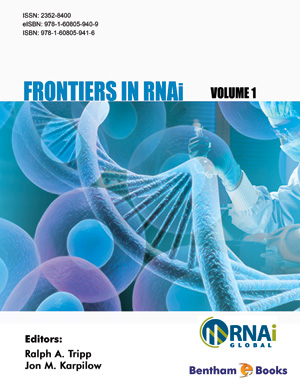Abstract
Genome assembly, or genome sequencing, refers to the process or the end product of sequencing genomic fragments of an organism, followed by piecing together, or ‘assembling’, in scientific terms, the genomic fragments in sequential order to reveal the original genome sequence. To make a genome assembly usable as a reference, annotation (i.e., assigning locations for genes along the chromosome) is also required. The end product of genome sequencing is a complete set of nucleotide sequence(s), of a genome in linear or circular, of DNA or RNA form, depending on the organismic species. It represents the complete genetic makeup determining all molecular potential, entities and activities of that organism. Similar to road maps used for guiding traffic and for helping people to find a person living at a specific address, genome assemblies act as genomic maps (references) to guide us to find genes (eq. persons), regulatory elements, or mutations in specific locations in the genome. Genome assembly aims to generate a genomic map for future studies of that organism and other related organisms.
Keywords: De novo genome assembly, Genome assembly, Genome sequencing, Human Genome Project, Omics era, Resequencing.


















